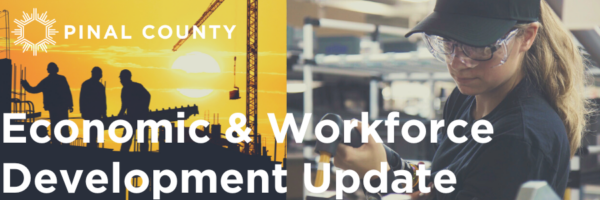|
|
||||||
|
||||||

Ryan Hurley Returns to Rose Law Group as Cannabis Department Chair
By MG Magazine SCOTTSDALE, Ariz. — Rose Law Group, an innovative, full-service real estate and business law firm, the largest woman-founded law firm in Arizona to
|
|
||||||
|
||||||

By MG Magazine SCOTTSDALE, Ariz. — Rose Law Group, an innovative, full-service real estate and business law firm, the largest woman-founded law firm in Arizona to

(Disclosure: Rose Law Group represents Resolution Copper.) By Rio Tinto | Engineering News SANTIAGO – Rio Tinto aims to keep all of the copper from its Resolution mine

By YourValley Queen Creek’s first Nordstrom Rack will hold its grand opening celebration next month. The celebration starts at 8 a.m., Thursday, May 16 at
Rose Law Group pc values “outrageous client service.” We pride ourselves on hyper-responsiveness to our clients’ needs and an extraordinary record of success in achieving our clients’ goals. We know we get results and our list of outstanding clients speaks to the quality of our work.

(Disclosure: Rose Law Group represents Copperstate Farms.) By Fox 10 Phoenix In Arizona, the Symington name is associated with politics, not pot, but that has

Welcome to the April 2024 Pinal County Economic & Workforce Development Update! I hope you are enjoying our beautiful weather and taking advantage of the many great outdoor activities our region has

“Love what you do and work harder than anyone else!” – Jordan Rose, president, Rose Law Group PC By Dale Brown | Phoenix Business Journal Have

“Venture debt might not work for all startups but it’s definitely a very viable option for more mature startups to close the funding gap.” -Shruti

Rose Law Group and firm Intellectual Property & Artificial Intelligence Department Chair Paul Coble urge businesses across all industries to assemble their AI team By AZ

By InBusiness Phoenix Innovative Scottsdale-based Rose Law Group, a full-service law firm that prides itself on hyper-responsiveness to clients’ needs urges Arizona business owners and leaders to take serious care with their company’s AI use. Weekly clients are seeking advice
Rose Law Group Reporter, which provides Dealmaker’s content and service, is contracted by Rose Law Group. Rose Law Group is a full service real estate and business Law Firm practicing in the areas of land use/entitlements, real estate transactions, real estate due diligence/project management, special districts, tax law, water law, business litigation, corporate formation, intellectual property, asset protection, data breach/privacy law, ADA compliance, estate planning, family law, cyber-law, online reputation and defamation, lobbying, energy and renewable energy, tax credits/financing, employment law, Native American law, equine law, DUIs, and medical marijuana, among others. The views expressed above are not necessarily those of Rose Law Group pc or its associates and are in no way legal advice. This blog should be used for informational purposes only. It does not create an attorney-client relationship with any reader and should not be construed as legal advice. If you need legal advice, please contact an attorney in your community who can assess the specifics of your situation.